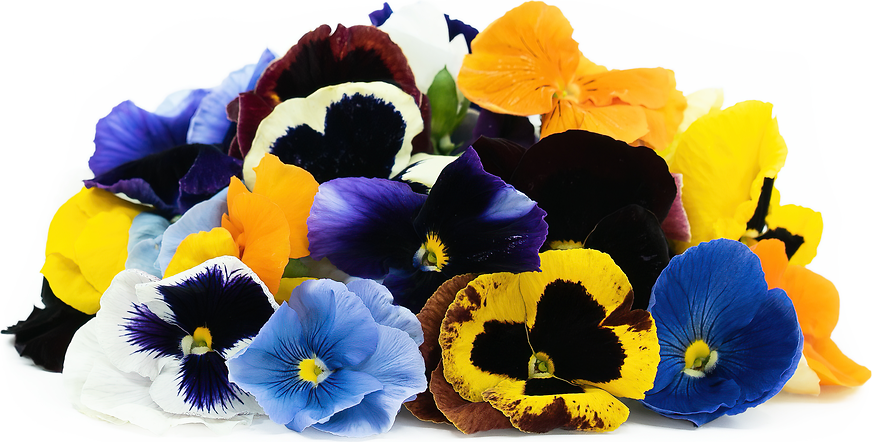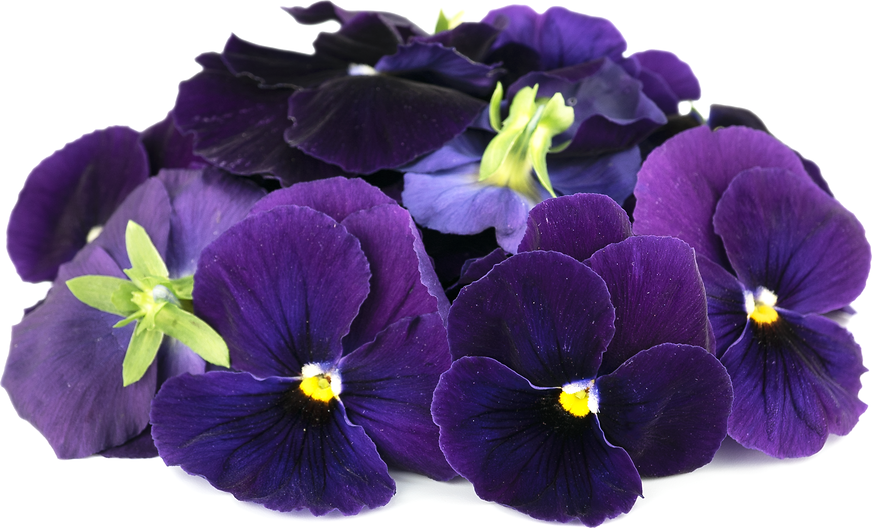Introduction:
Pansies, with their charming appearance and vibrant blooms, captivate the hearts of gardeners and floral enthusiasts alike.
As members of the Viola tricolor species, these delicate flowers boast a rich history and a plethora of uses, ranging from ornamental gardening to traditional herbal medicine.
In this comprehensive exploration, we delve into the fascinating world of pansies, uncovering their structure, fragrance, cultural significance, and practical applications. From their aesthetic appeal to their potential health benefits, pansies continue to enchant and inspire, serving as symbols of beauty, resilience, and the wonders of the natural world.
Join us on a journey through the enchanting realm of pansies, where beauty meets botanical brilliance.
Structure:
Pansies (Viola tricolor) are herbaceous flowering plants known for their delicate, colorful blooms and distinct face-like appearance.
They belong to the Violaceae family and are native to Europe and Western Asia.
Pansies typically have heart-shaped petals with a dark center marking, resembling a face. They grow in compact, bushy clumps, reaching heights of 6 to 9 inches.
Smell:
Pansies have a subtle, sweet fragrance that varies depending on the cultivar. While not as strong as some other flowers, their scent adds a pleasant touch to gardens and floral arrangements.
Uses:
Pansies are popular ornamental plants used for landscaping, container gardening, and floral decorations. Their vibrant colors and charming appearance make them ideal for borders, flower beds, and window boxes.
Pansies are also favored for their ability to withstand cool temperatures, making them suitable for early spring and fall plantings.

Benefits:
- Aesthetic Appeal: Pansies add a burst of color and cheerfulness to gardens and landscapes, enhancing visual appeal.
- Versatility: They can be grown in various settings, including gardens, containers, and hanging baskets, offering flexibility in design.
- Long Bloom Period: Pansies produce abundant blooms throughout the cooler months, providing continuous color and beauty.
- Cold Tolerance: Pansies tolerate cooler temperatures well, thriving in early spring and fall when many other plants struggle.
- Attracts Pollinators: Pansies attract pollinators such as bees and butterflies, contributing to garden biodiversity.
Medicinal and Therapeutic Roles:
While pansies are primarily grown for ornamental purposes, they also possess certain medicinal and therapeutic properties. In traditional herbal medicine, pansy flowers and leaves have been used for their purported health benefits, including:
- Anti-inflammatory Properties: Pansies contain compounds that exhibit anti-inflammatory properties, making them potentially useful in relieving minor skin irritations and inflammations.
- Antioxidant Activity: Pansies are rich in antioxidants, which help neutralize harmful free radicals in the body, reducing oxidative stress and supporting overall health.
- Respiratory Support: Pansy extracts have been used in folk medicine to alleviate symptoms of respiratory conditions such as coughs and bronchitis.
- Skin Care: Pansy extracts are sometimes incorporated into skincare products for their purported moisturizing and soothing effects on the skin.
While scientific research on the medicinal properties of pansies is limited, they have a long history of use in traditional herbal medicine.
Religious Beliefs in India:
In India, pansies are not specifically associated with religious beliefs or ceremonies. However, flowers hold significant cultural and symbolic importance in Hinduism, often used in religious rituals, offerings, and decorations.
While pansies may not have a specific religious significance, their vibrant colors and beauty align with the reverence for nature and the divine in Hindu culture.
Conditions and Seasons:
Pansies thrive in cool, temperate climates and prefer moist, well-drained soil enriched with organic matter.
They perform best in regions with mild winters and cool summers, making them suitable for planting in early spring or fall.
Pansies require full to partial sun exposure, with at least 4-6 hours of sunlight daily.
While they can tolerate light frosts, prolonged exposure to freezing temperatures can damage or kill the plants.
In regions with hot summers, pansies may struggle and may benefit from afternoon shade to prevent heat stress.
Care and Maintenance:
Proper care and maintenance are essential for ensuring the health and vigor of pansies:
- Watering: Keep the soil consistently moist but not waterlogged. Water pansies deeply whenever the soil feels dry to the touch, especially during hot, dry periods.
- Fertilization: Apply a balanced, water-soluble fertilizer every 2-3 weeks to promote healthy growth and abundant blooms.
- Deadheading: Remove spent flowers regularly to encourage continuous blooming and prevent seed formation. This process, known as deadheading, redirects the plant’s energy into producing new flowers.
- Pest and Disease Control: Monitor pansies for signs of pests such as aphids, snails, and slugs. Treat infestations promptly with insecticidal soap or other appropriate remedies. Additionally, ensure good air circulation to minimize the risk of fungal diseases such as powdery mildew and leaf spot.
- Mulching: Apply a layer of organic mulch around pansies to help retain soil moisture, suppress weeds, and regulate soil temperature. Mulching also enhances the aesthetic appeal of the garden bed.
- Pruning: Trim back leggy or overgrown stems to promote bushy growth and maintain a neat appearance. Avoid cutting into the crown of the plant, as this can damage the growing point.
- Protection from Extreme Weather: Provide protection from harsh weather conditions, such as covering pansies with a light frost cloth during freezing temperatures or providing shade during hot summer afternoons.
By following these care guidelines, gardeners can enjoy healthy, vibrant pansies throughout the growing season, adding beauty and charm to their landscapes.
Conclusion:
In conclusion, the pansy plant emerges as a multifaceted marvel, captivating both the eye and the imagination. From its intricate structure and subtle fragrance to its diverse uses in ornamental gardening and traditional medicine, the pansy embodies beauty, resilience, and cultural significance.
As we conclude our exploration, let us marvel at the enduring allure of the pansy, a testament to the wonders of nature and the profound impact of botanical beauty on our lives.
Whether adorning gardens, adding color to floral arrangements, or offering potential health benefits, the pansy continues to inspire and delight, reminding us of the timeless charm and intrinsic value of the natural world.


